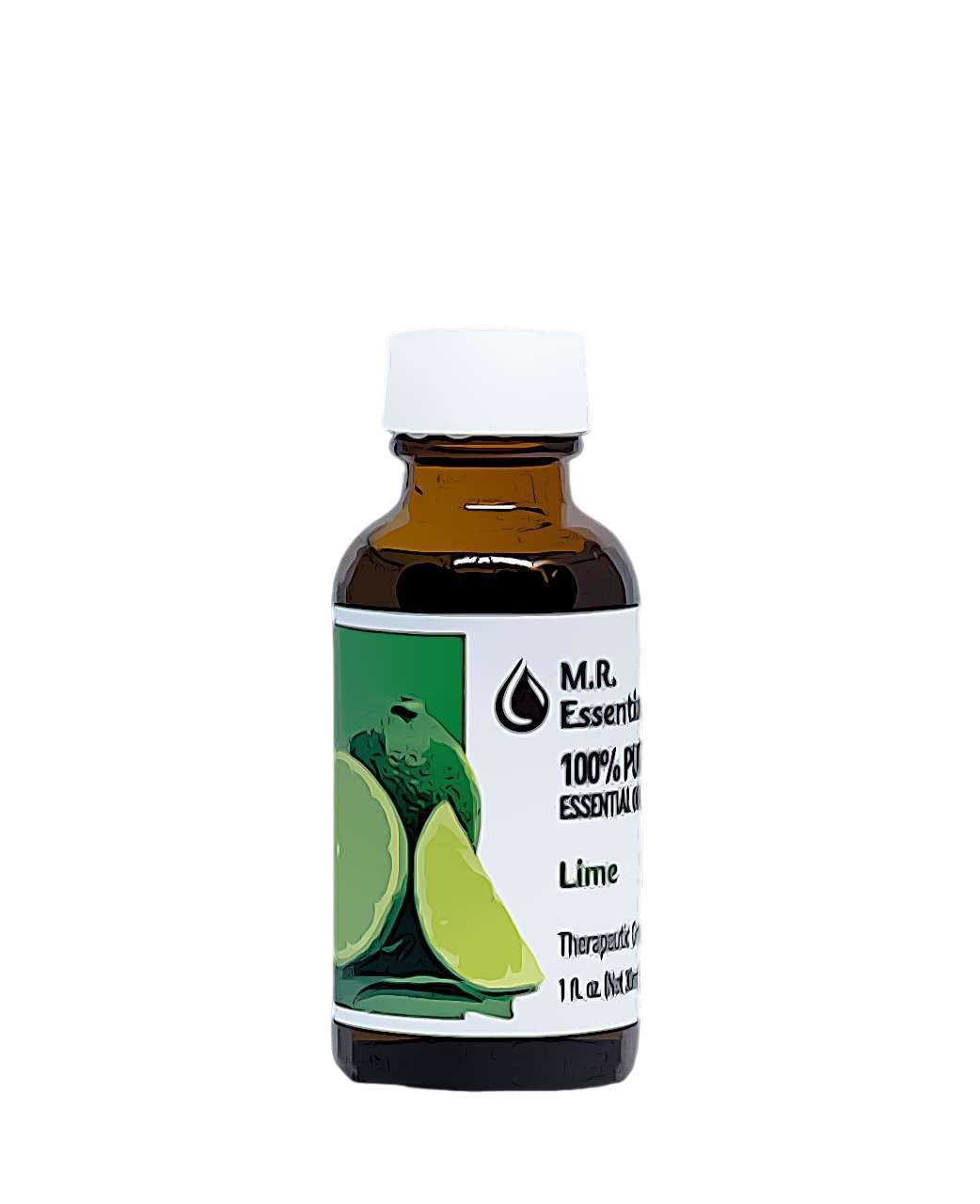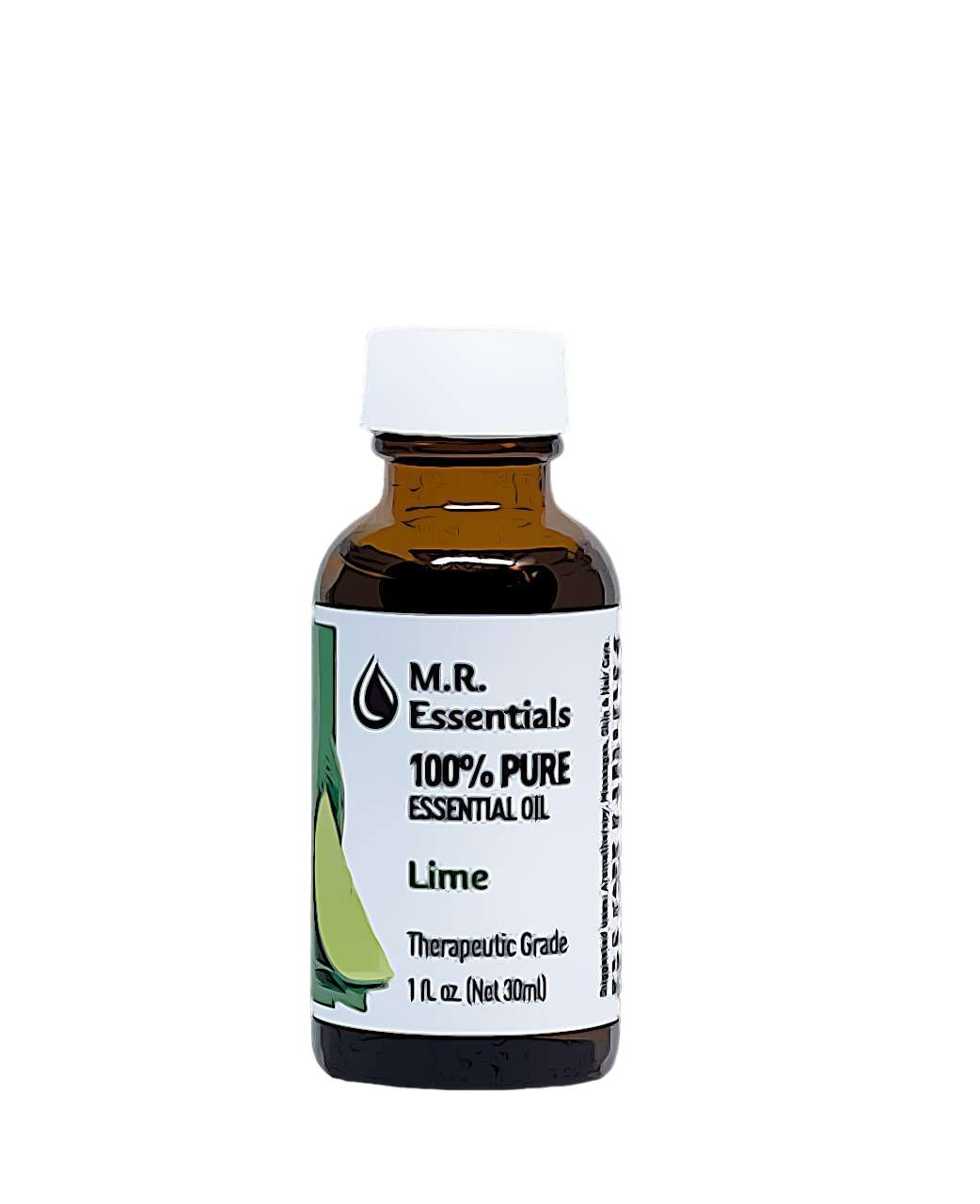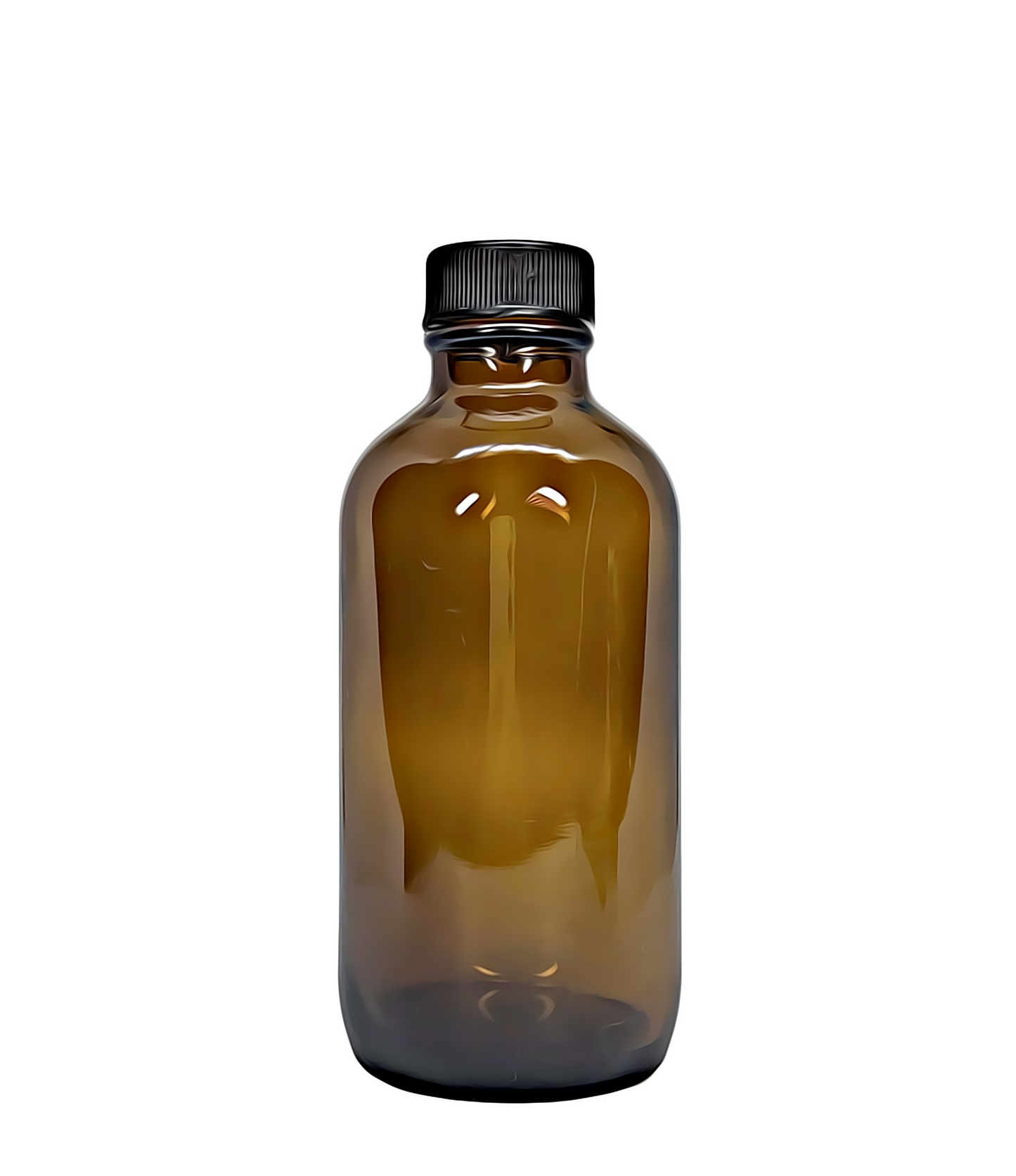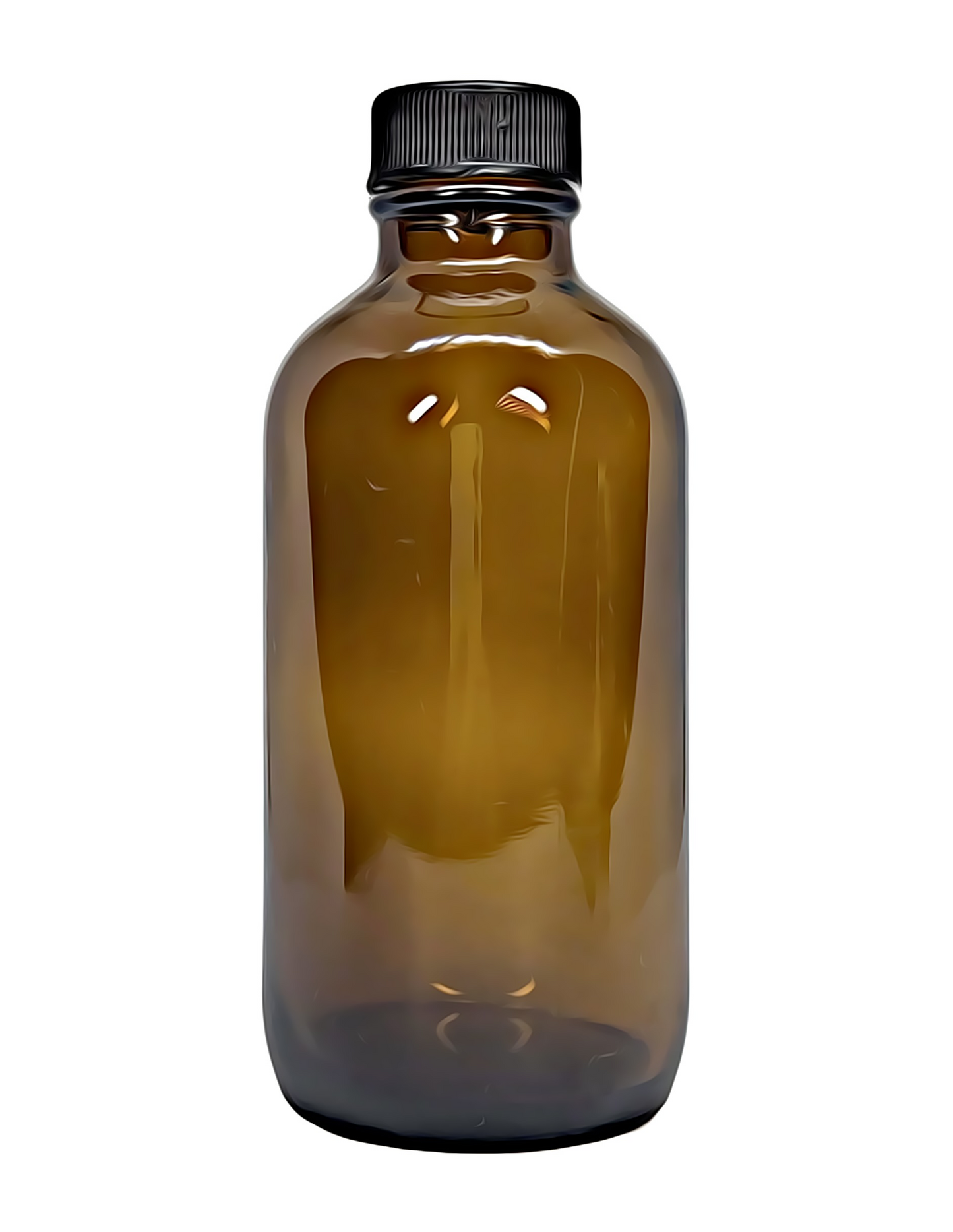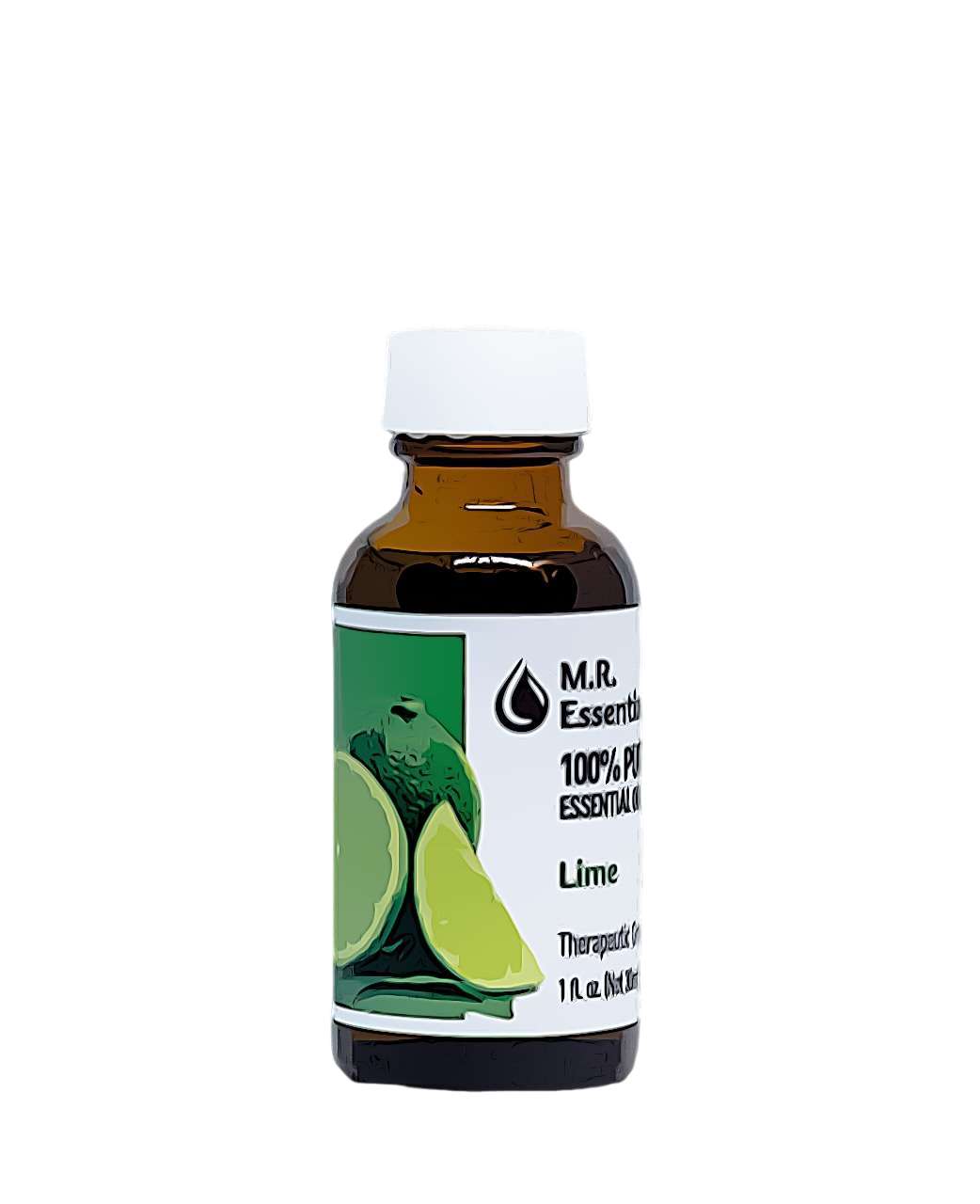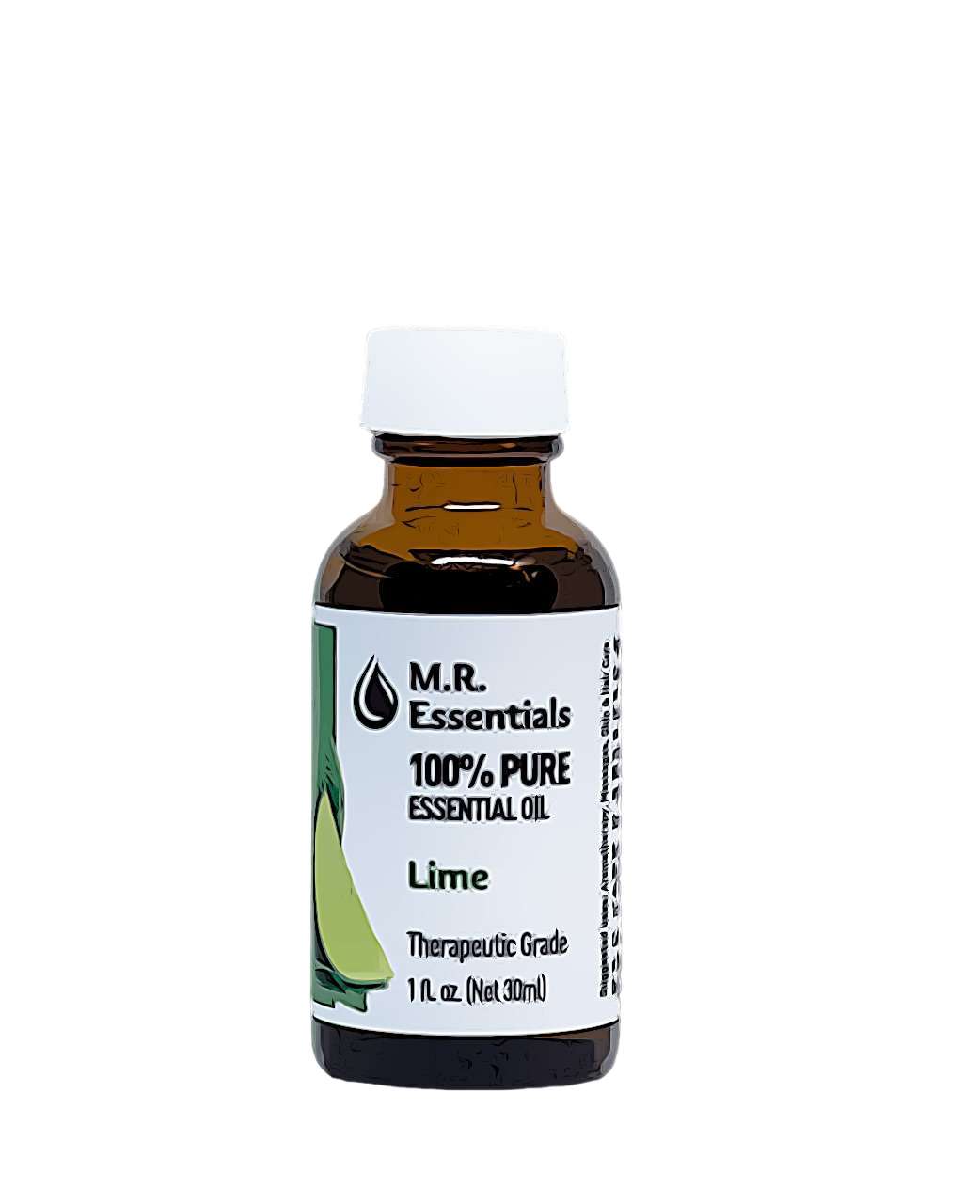MR Essentials
Lime Essential Oil (Citrus aurantifolia)
Lime Essential Oil (Citrus aurantifolia)
Couldn't load pickup availability
*The statements below have not been evaluated by the Food and Drug Administration. This product is not intended to diagnose, treat, cure, or prevent any disease.
Share
Product Details
Product Details
Method of Extraction: Cold Pressed/Expressed
Plant Part Used: Citrus Rind (Peel).
Color: Light Green with a Hint of Orange/Yellow.
Consistency: Thin.
Aromatic Description
Aromatic Description
Perfumery Note: Top.
Strength of Initial Aroma: Medium
Aromatic Description: Fresh, citrusy, sweet and slightly tart.
Suggested Uses
Suggested Uses
• Acne.
• Asthma.
• Chilblains.
• Colds.
• Dull Skin.
• Flu.
• Varicose Veins.
Source: Julia Lawless, The Encyclopedia of Essential Oils (Updated Edition) (London: Harper Thorsons, 2014), 125.
Dilution Guideline
Dilution Guideline
Adults: Usually, a 2-3% dilution is suitable, about 12-18 drops of essential oil per ounce of carrier oil.
Children (5-10), Frail Elderly, Sensitive Skin: A lower dilution of 1% or less (6 drops per ounce).
Facial or Sensitive Areas: Use a 0.5-1% dilution (3-6 drops per ounce).
Acute or Short-Term Use: For resolving a specific issue, a marginally higher dilution can be used for a period of 2-3 weeks as necessary.
Major Constituents
Major Constituents
a-Pinene. B-Pinene. Sabinene. Myrcene. Limonene. y-Terpinene. Terpinolene. Octanal. Nonanal. Tetradecanal. Pentadecanal. Trans-a-bergaptene. Caryophyllene. B-bisabolene. Geranial. Neryl Acetate. Geranyl Acetate. a-Terpineo. Linalool.
Sources: B. Lawrence. Lime Oil (Perfumer & Flavorist 31, August/September 1987), 31, cited in Salvatore Battaglia, The Complete Guide to Aromatherapy (Australia: The Perfect Potion, 1997), 177.
Safety Information
Safety Information
Cold pressed Lime Essential Oil is phototoxic. Steam distilled Lime Oil is not phototoxic. Tisserand and Young recommend a dermal maximum of 0.7% for the cold pressed oil to avoid the risk of a phototoxic reaction. They precaution to avoid topical use of Lime Oil, regardless of method of distillation, if it has oxidized.
Reading Tisserand and Young's full profile is recommended. [Robert Tisserand and Rodney Young, Essential Oil Safety (Second Edition. United Kingdom: Churchill Livingstone Elsevier, 2014), 87, 336-338.]
